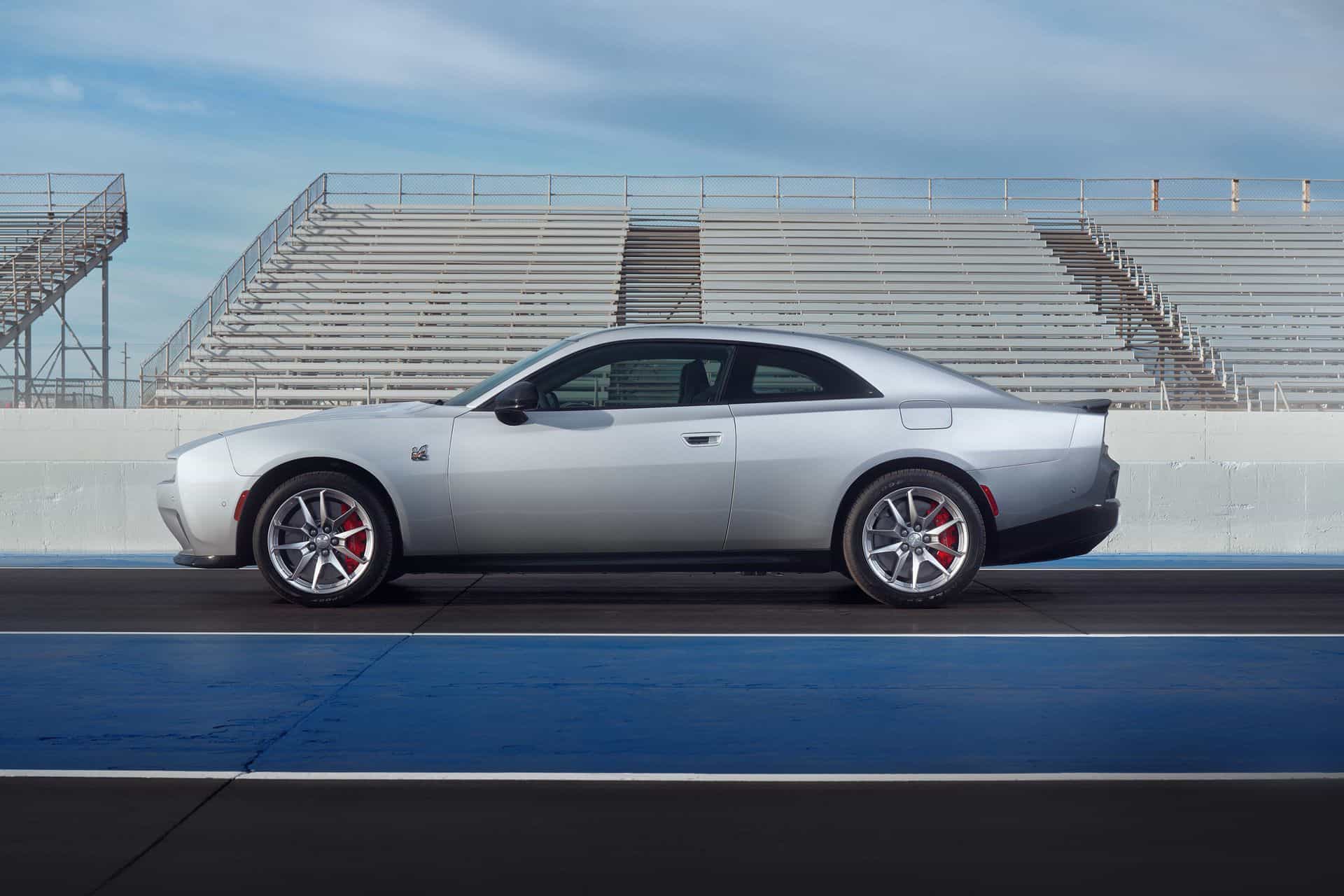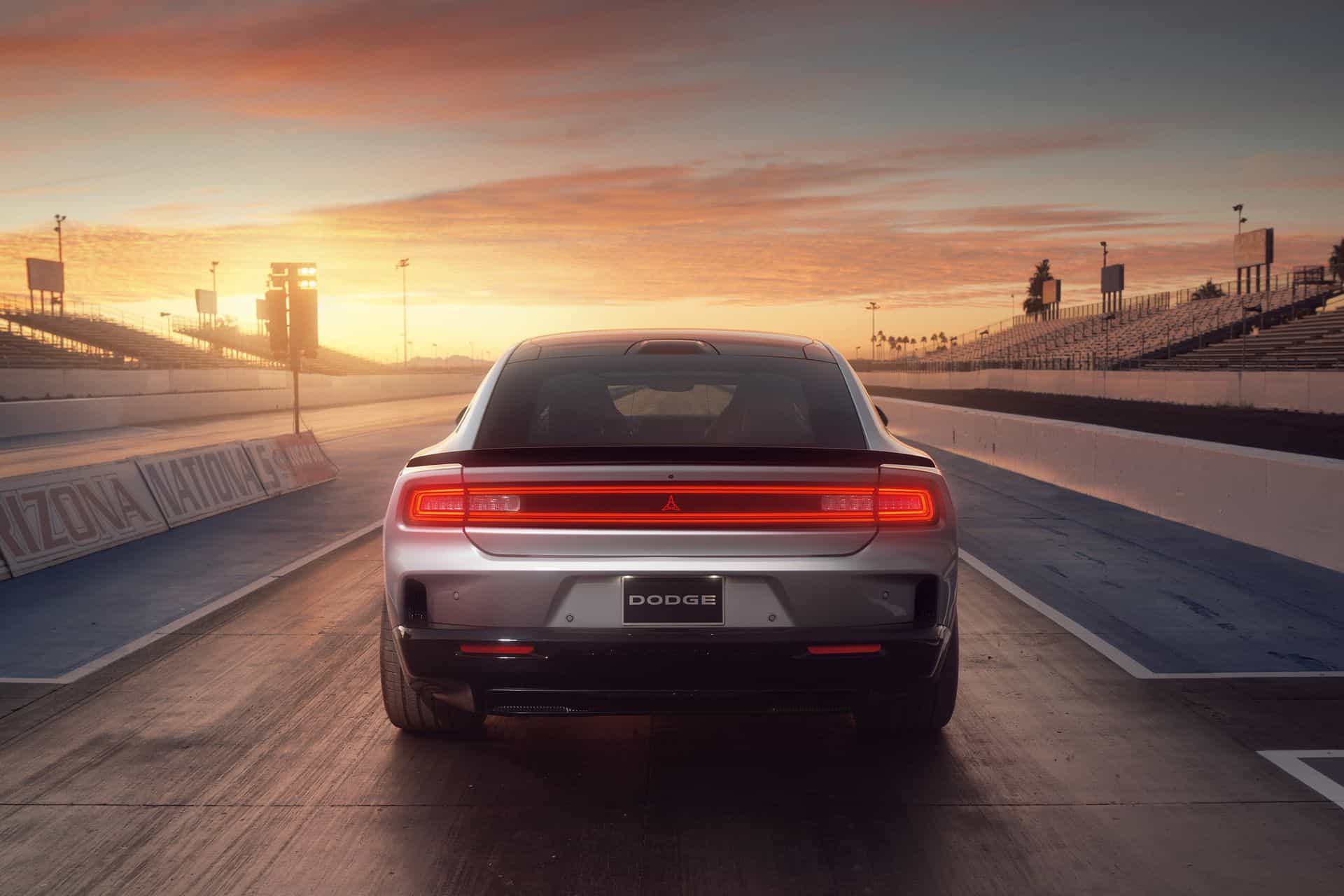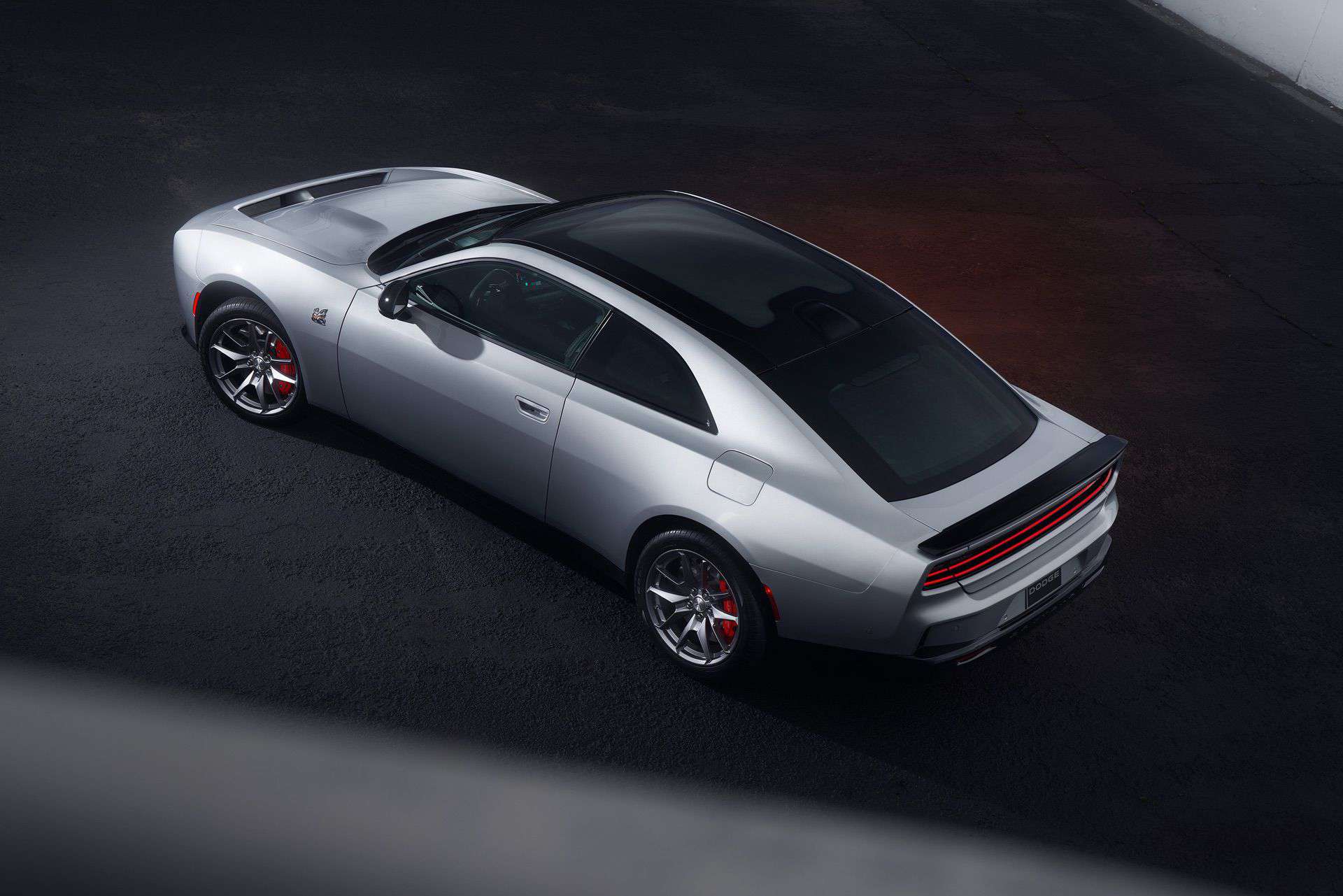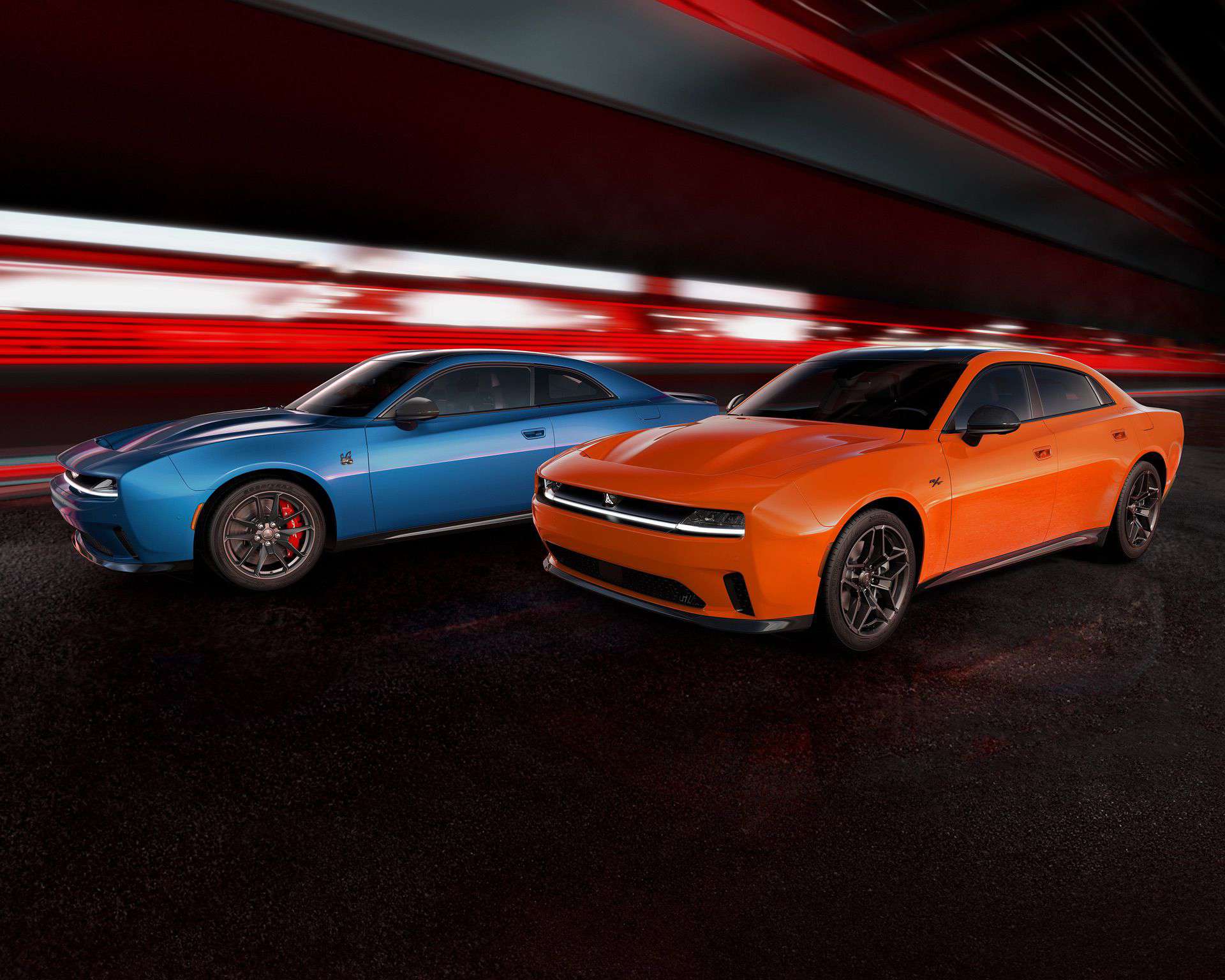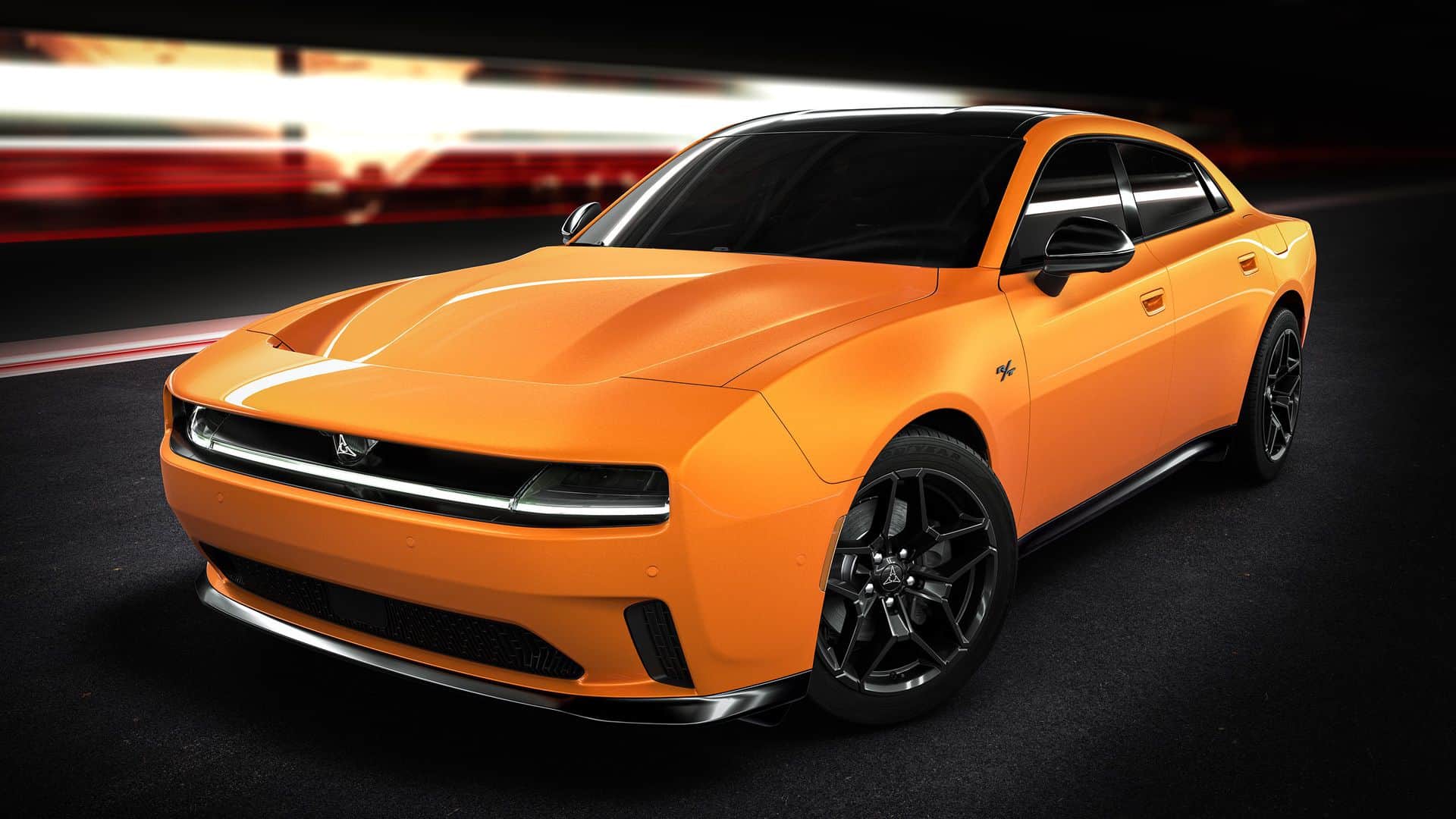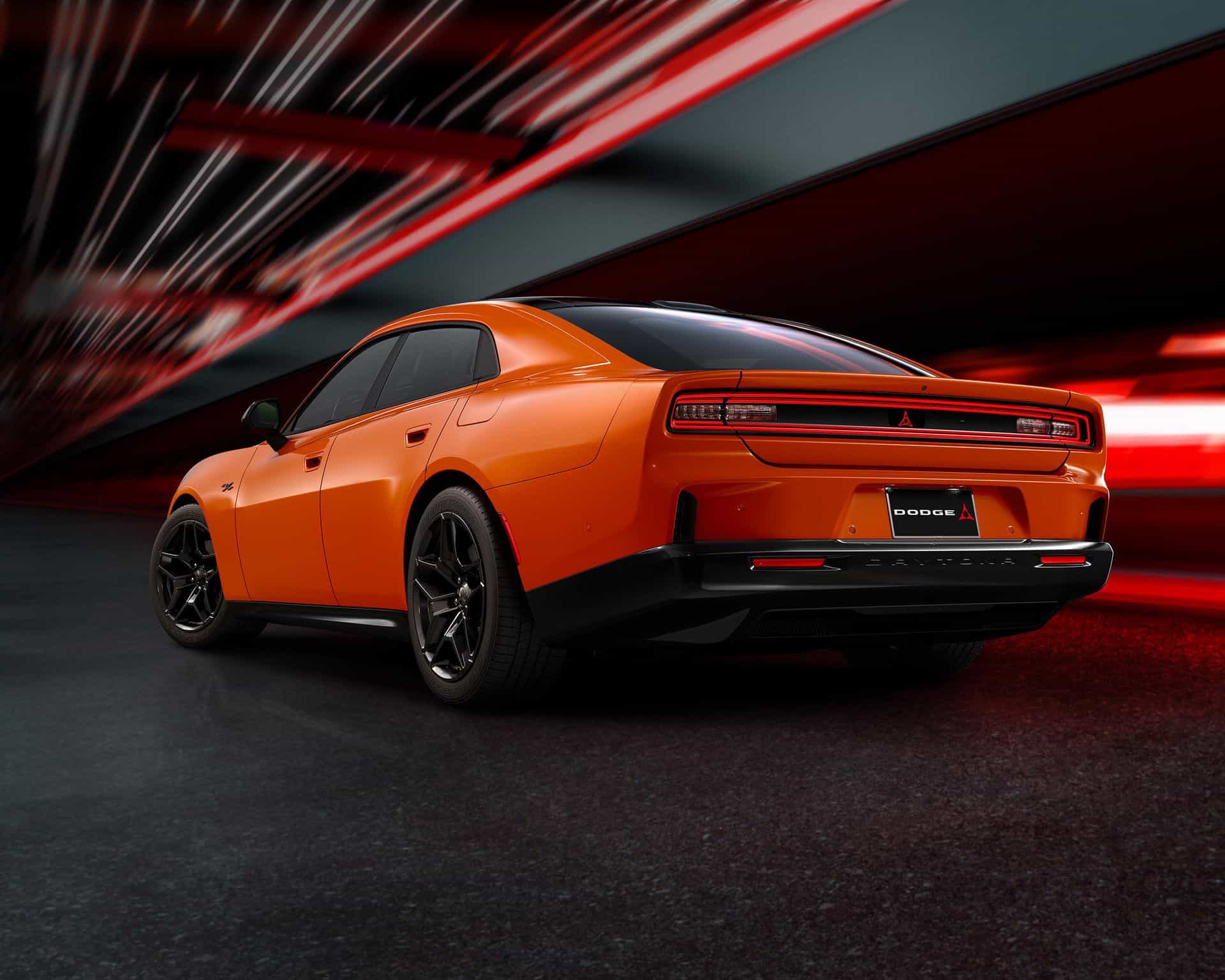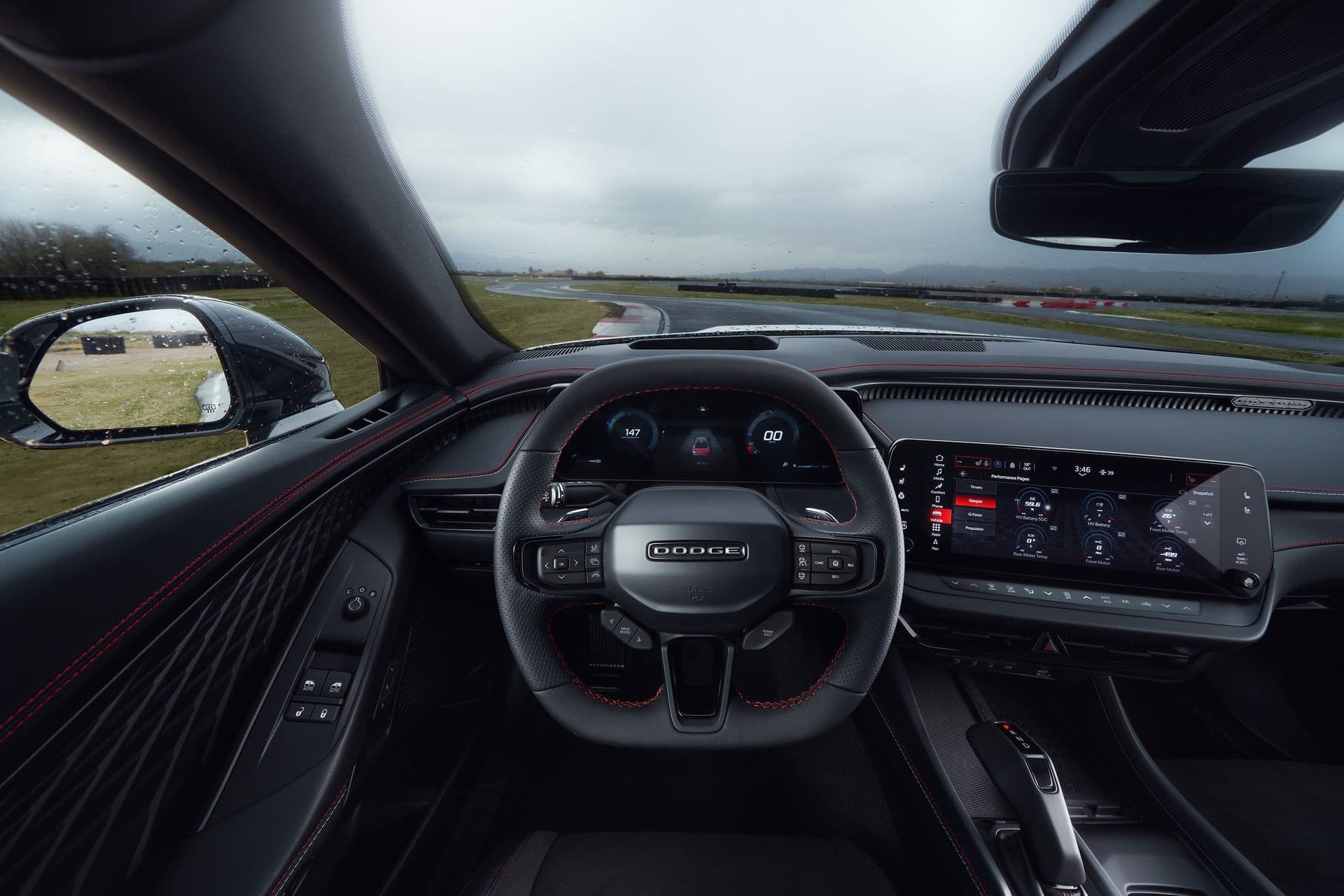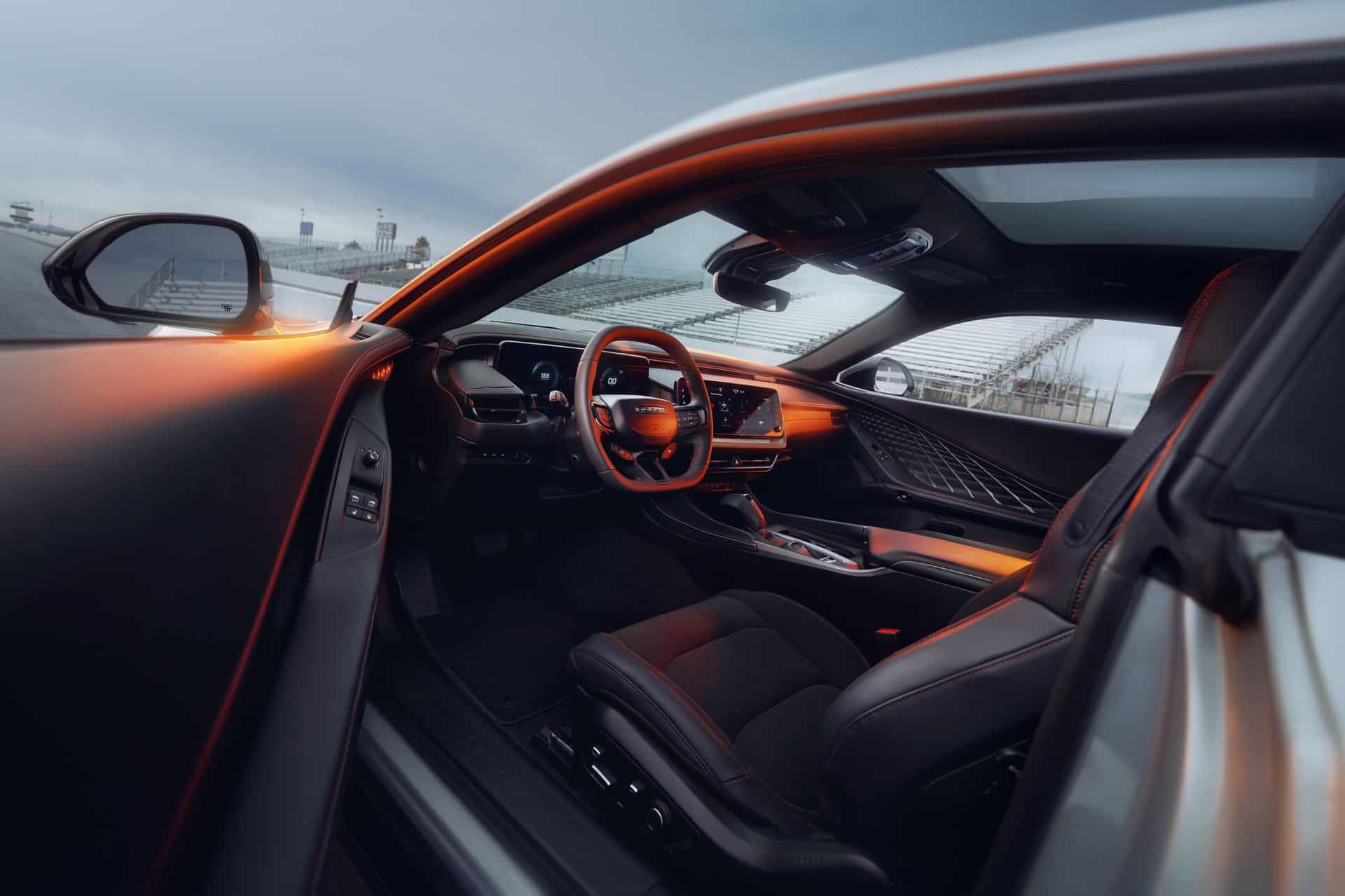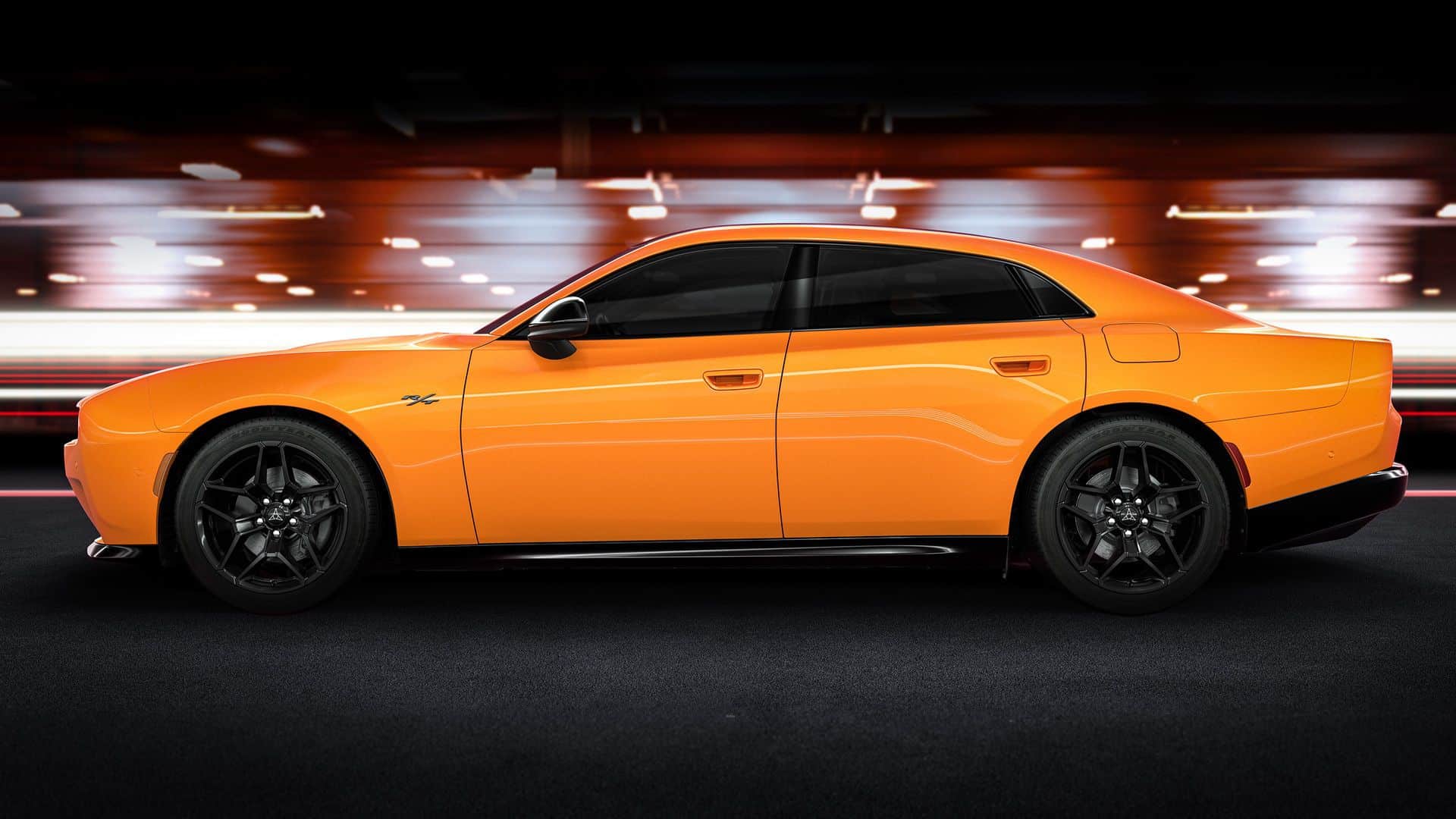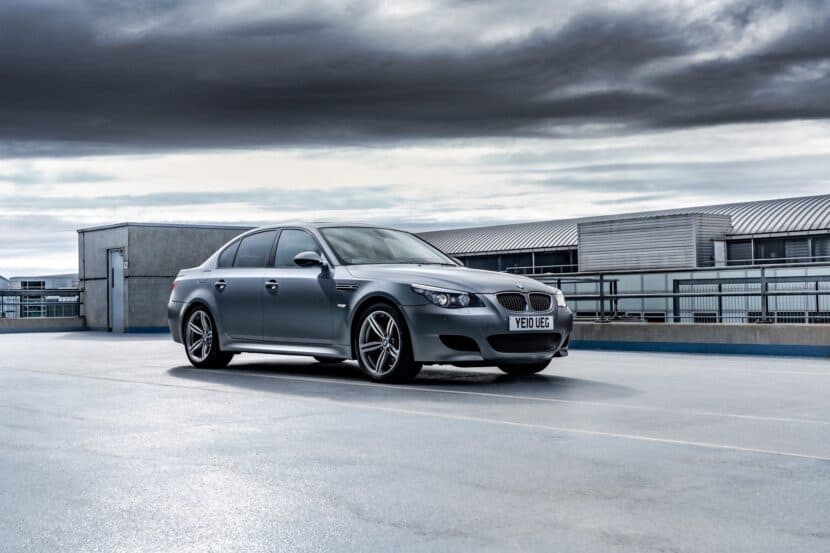The Dodge Charger, a symbol of American muscle and automotive prowess, is taking a monumental leap into the future. In 2024, this iconic muscle car will undergo a transformation that signifies a broader shift in the automotive industry. The Charger is ditching its characteristic V8 engine, a heart that has fueled its roar and persona for decades, particularly in the U.S. market. Instead, it embraces electrification, initially launching as a two-door electric car, with four-door and combustion engine variants to follow. Notably, models carrying the “Daytona” name will be part of this electric transition, underlining the blend of heritage and innovation.
Modular Platform and Electrical Architecture

The 2024 Dodge Charger is setting the stage with two electric models: the Charger R/T and the Charger Scat Pack. Every 2024 Charger is built on the modular STLA Large platform. Both models feature a 100.5 kWh battery, tipping the scales at over 573 lbs (2600 kg). However, they more than make up for their heft with raw power. The R/T starts strong with 462 horsepower and nearly 550 Newton meters of torque, while offering a “Power Shot” boost to 503 horsepower. The Scat Pack elevates this performance further to 639 horsepower and 850 Newton meters, with “Power Shot” pushing it to a staggering 680 horsepower.
The Daytona models are particularly distinguished by a 400-volt electrical architecture. However, Dodge is already looking ahead, planning to introduce the SRT Banshee model next year, featuring an 800-volt system and a two-speed transmission. This model promises to push the limits of electric vehicle performance even further.
Massive Power
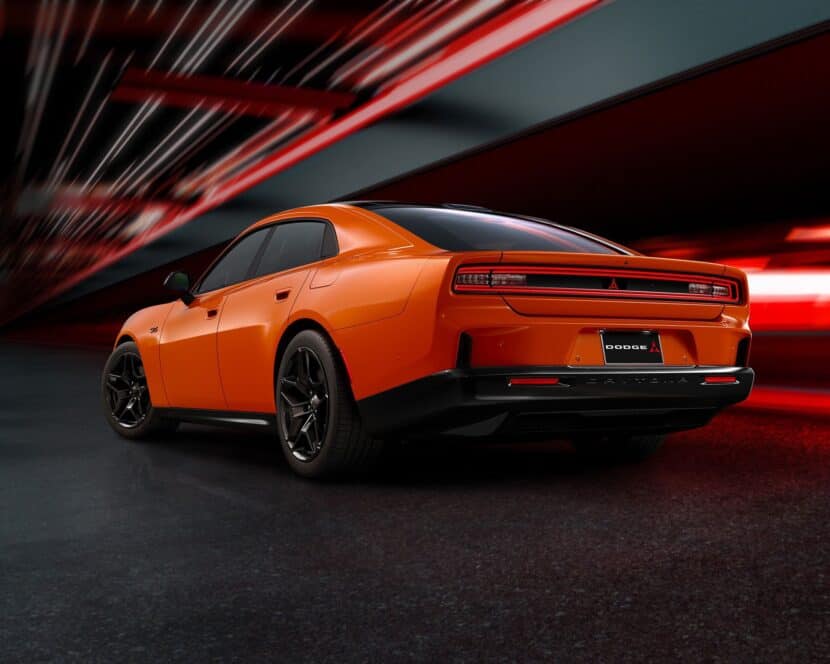
The 2024 Dodge Charger is setting the stage with two electric models: the Charger R/T and the Charger Scat Pack. However, they more than make up for their heft with raw power. The R/T starts strong with 492 horsepower and 404 lb-ft of torque. To unlock the model’s peak power, there’s an overboost function called “Power Shot” for an additional a 40 hp. The Scat Pack elevates this performance further to 639 horsepower and 627 lb-ft. The Scat Pack also has a “Power Shot” worth 80 horsepower.
Despite their considerable weight, these all-wheel-drive behemoths showcase blistering acceleration. The Charger R/T can sprint from 0 to 60 miles per hour in just 4.7 seconds, with the Scat Pack shaving this down to an astonishing 3.3 seconds. Their quarter-mile times are equally impressive: 13.1 seconds and 11.5 seconds, respectively. The R/T is limited to 137 mph and the Scat Pack is topping off at 134 mph.
Electric Range
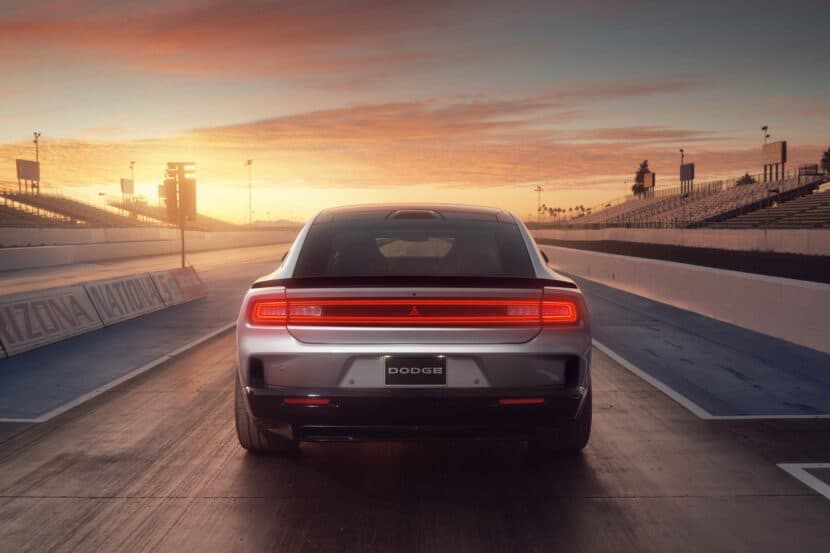
Moreover, the 2024 Dodge Charger boasts remarkable range, thanks to its massive battery. The Scat Pack variant offers a range of 260 miles according to the EPA rating, while the R/T model extends this to 317 miles, somewhat inline or better than the efficiency in the BMW i5 lineup.
Overcoming Skepticism with Sound and Performance

One of the biggest challenges Dodge faces is convincing its loyal fanbase and potential new customers that an electric Charger can live up to, if not surpass, its combustion-engine predecessors. A critical aspect of this persuasion is the sound. Many wonder how the new electric Chargers will compare acoustically to the thunderous roar of the traditional V8. Dodge is addressing this with its innovative “Fratzonic Chambered Exhaust,” which uses two passive radiators to create real-time auditory feedback, allowing drivers to “rev” their electric Chargers. Dodge says this system can emulate the sound levels of the current Hellcat Charger, achieving a claimed 126-decibel roar.
Design Inspired by Legacy

Dodge has taken a thoughtful approach in designing the new Charger, drawing significant inspiration from the beloved second generation (1968–1971) models. Among these is the “R-Wing,” a feature exclusive to Daytona models that creates a pass-through opening at the front for improved aerodynamics and downforce. Luckily, the Daytona still looks very much so like a muscle car.
Pricing and Availability
While Dodge has not disclosed the exact pricing for the 2024 Charger Daytona models, it is anticipated that the base price for the R/T model will exceed $60,000 upon its launch this fall. These vehicles will be manufactured at Dodge’s facility in Windsor, Ontario, Canada, therefore, they will qualify for U.S. federal tax credits.
[Photos: Stellantis]



